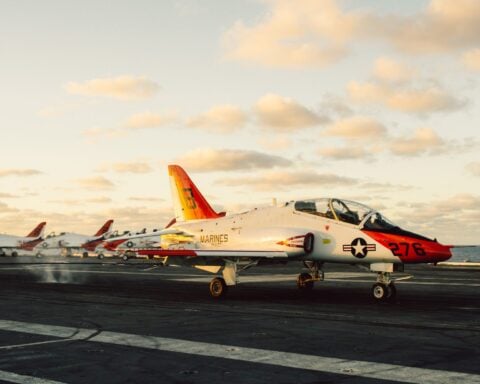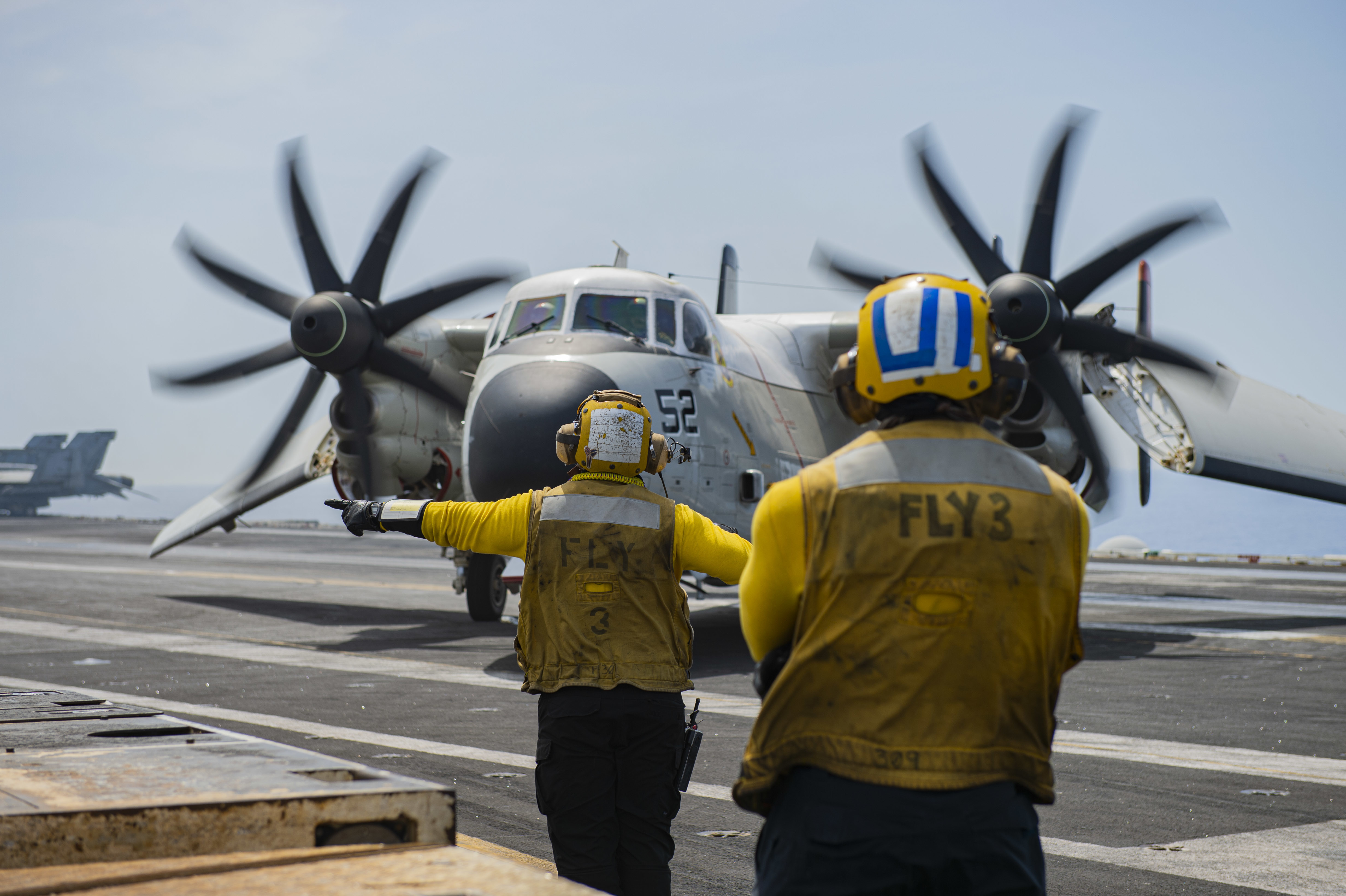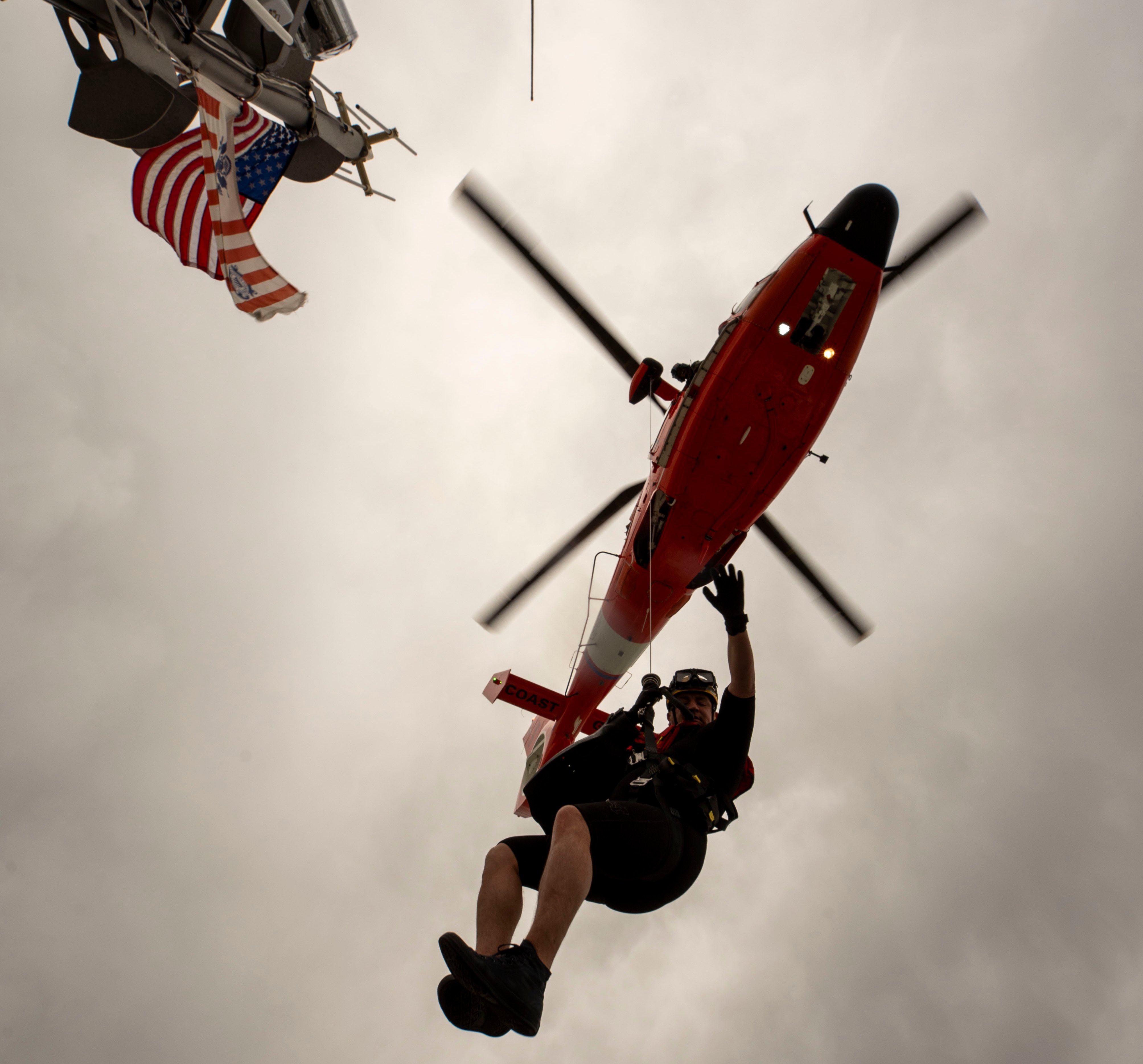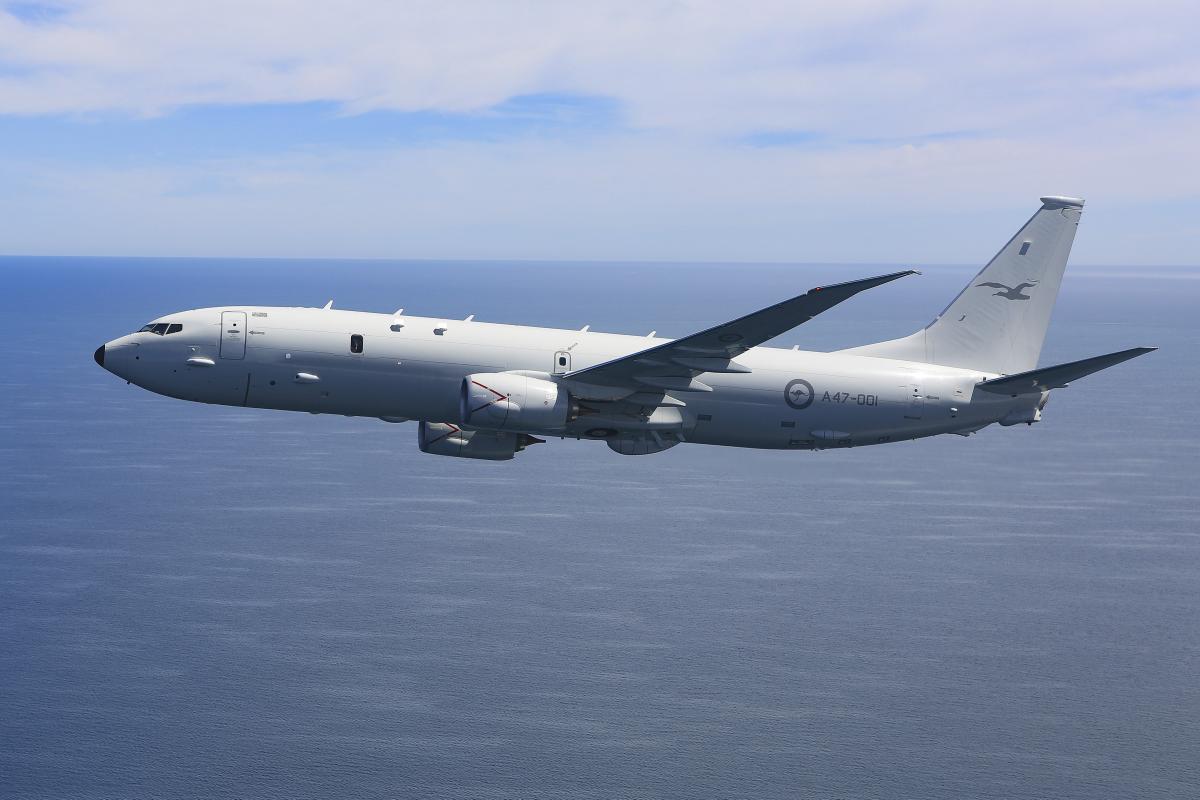
Beijing is denying that People’s Liberation Army forces harassed Australian and Canadian patrol aircraft in the Western Pacific, claiming that in both cases the aircraft endangered China’s security.
Last week, the Canadian Armed Forces issued a statement claiming that on several occasions, while conducting security patrol near North Korea, the People’s Liberation Army Air Force (PLAAF) harassed a Royal Canadian Air Force CP-140.
The RCAF aircrew felt enough at risk that they had to quickly modify their own flight path in order to avoid collision with the intercepting aircraft. The statement stressed that the CAF’s primary concern is the safety of its aircrew and the importance of PLAAF aircraft maintaining a professional distance from CAF aircraft flying a United Nations-sanctioned mission occurring in international airspace. Canada ended the statement by saying diplomatic channels would address the incidents.
The mission, Operation NEON, is Canada’s contribution of naval ships, military aircraft and personnel to a coordinated multinational effort in support of the implementation of U.N. Security Council sanctions imposed against North Korea. The multinational effort consists of surveillance operations to identify suspected North Korean maritime sanctions evasion activities. The CAF deployed a CP-140 Aurora Maritime Patrol Aircraft, along with supporting personnel, to Kadena Air Base, Okinawa from April 26 to May 26.
Chinese officials said the Canadian military aircraft have increased close-up reconnaissance and provocations against China under the pretext of implementing the U.N. Security Council resolutions. The Chinese officials said these occurrences endanger China’s national security and the safety of frontline personnel of both sides.
“China firmly opposes this provocative behavior of the Canadian side,” Senior Colonel Wu Qian, spokesperson for China’s Ministry of National Defense, said in a response to a question from the Chinese media on Monday.
“The Chinese military urges the Canadian military to face up to the seriousness of the situation, strictly discipline its front-line troops and must not conduct any risky and provocative acts, otherwise, all serious consequences arising therefrom should be borne by the Canadian side”.
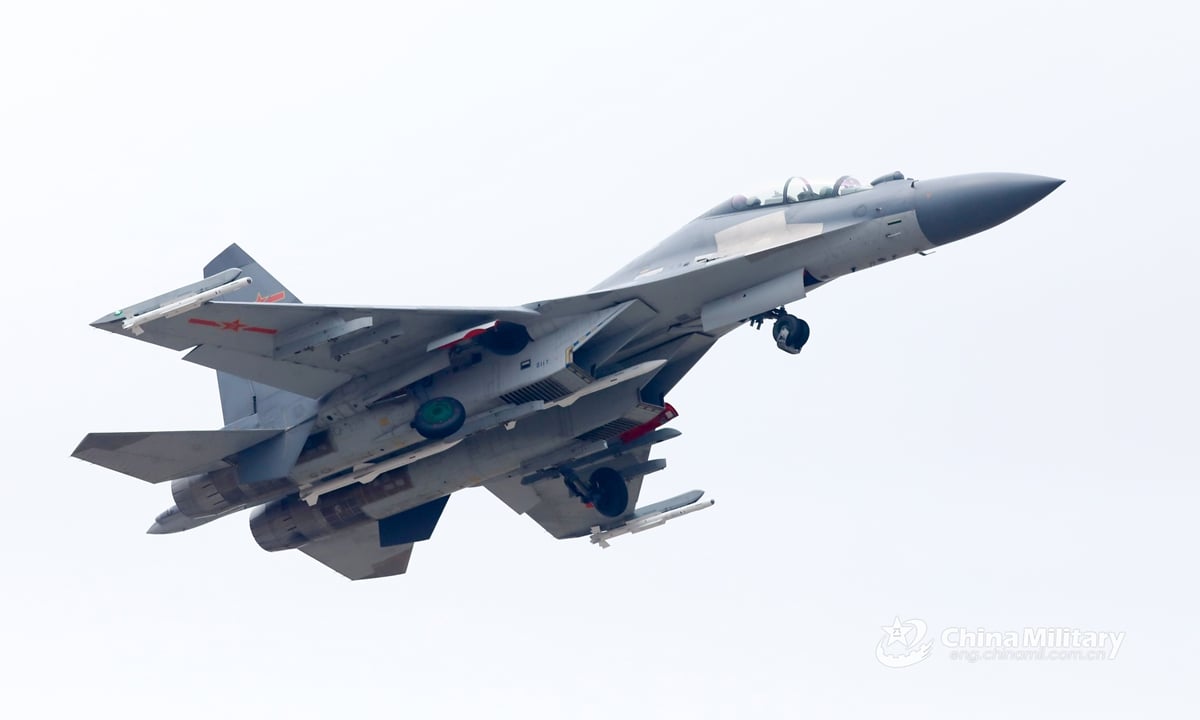
On Sunday, Australia’s Department of Defence said that on May 26, a Royal Australian Air Force P-8 maritime surveillance aircraft was intercepted by a Chinese J-16 fighter aircraft during a routine patrol over the South China Sea. The intercept resulted in a dangerous maneuver that posed a safety threat to the P-8 aircraft and its crew and the Australian government has raised its concerns about the incident with the Chinese government.
“Defence has for decades undertaken maritime surveillance activities in the region and does so in accordance with international law, exercising the right to freedom of navigation and overflight in international waters and airspace,” reads the statement.
Australian Defence Minister Richard Marles subsequently provided further details on the incident while speaking to the media on Monday.
“What occurred was that the J-16 aircraft flew very close to the side of the P-8 maritime surveillance aircraft. In flying close to the side, it released flares, the J-16 then accelerated and cut across the nose of the P-8, settling in front of the P-8 at very close distance. At that moment, it then released a bundle of chaff which contains small pieces of aluminium, some of which were ingested into the engine of the P-8 aircraft. Quite obviously, this is very dangerous,” Marles said.
He added that the aircraft had returned to base safely and the crew were unharmed. The Department of Defence and the Chief of the Defence Force had made representations to the Chinese authorities about the incident in which Australia had expressed its concern about what had occurred, and particularly, the manner in which the safety of the Australian aircraft and crew had been placed in jeopardy, Marles said.
The RAAF P-8 in the incident was one of two RAAF P-8s operating from Clark Airbase in the Philippines. The aircraft resumed surveillance flights again on June 3, Australian Defence Magazine reported.
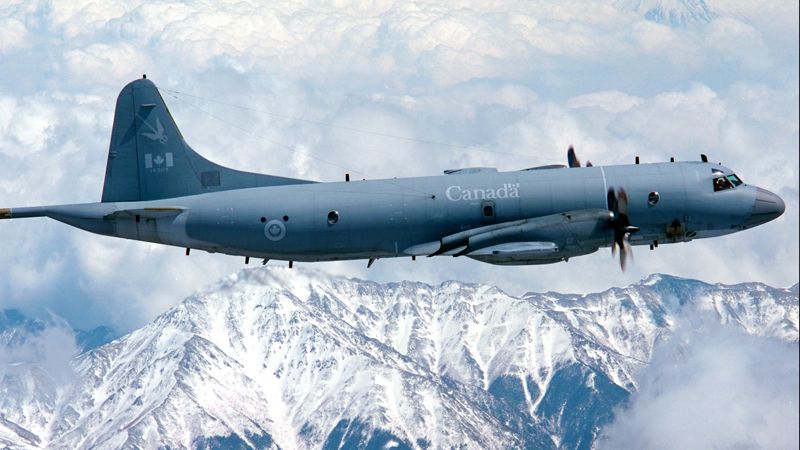
One of the RAAF P-8s also took part in exercise Albatros Australia-Indonesia, held in the Makassar Strait between the Australian and Indonesian navies on May 29 and 30. Royal Australian Navy (RAN) frigate HMAS Parramatta (FFH154), Indonesian Navy corvette Frans Kaisiepo (368) and an Indonesian Air Force B-737 surveillance aircraft participated in the drills. Parramatta is on a regional presence deployment and is now operating in the South China Sea.
On Tuesday, Senior Colonel Tan Kefei, spokesperson for China’s Ministry of National Defense, said in response to a Chinese media query about the incident that on May 26, an Australian P-8A entered the airspace near China’s Paracel “for close-in reconnaissance and continuously approached China’s territorial airspace over the Xisha Islands in disregard of repeated warnings from the Chinese side.”
The PLA Southern Theater Command dispatched naval and air forces to identify and verify the Australian plane and warn it off, he said.
“The Australian warplane has seriously threatened China’s sovereignty and security and the countermeasures taken by the Chinese military are professional, safe, reasonable and legitimate,” he said.
Tan said Australia repeatedly disseminates false information and instigates hostility and confrontation, which China rejected.
In February, Australia and China had clashed over the activities of an RAAF P-8 monitoring a PLAN surface task group sailing Australia’s northern Economic Exclusion Zone. Australia claimed a PLAN ship had illuminated the P-8 with a laser from a PLAN ship. China claimed the P-8 had flown close to its ships and dropped sonobuoys near the vessels.



